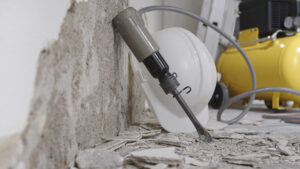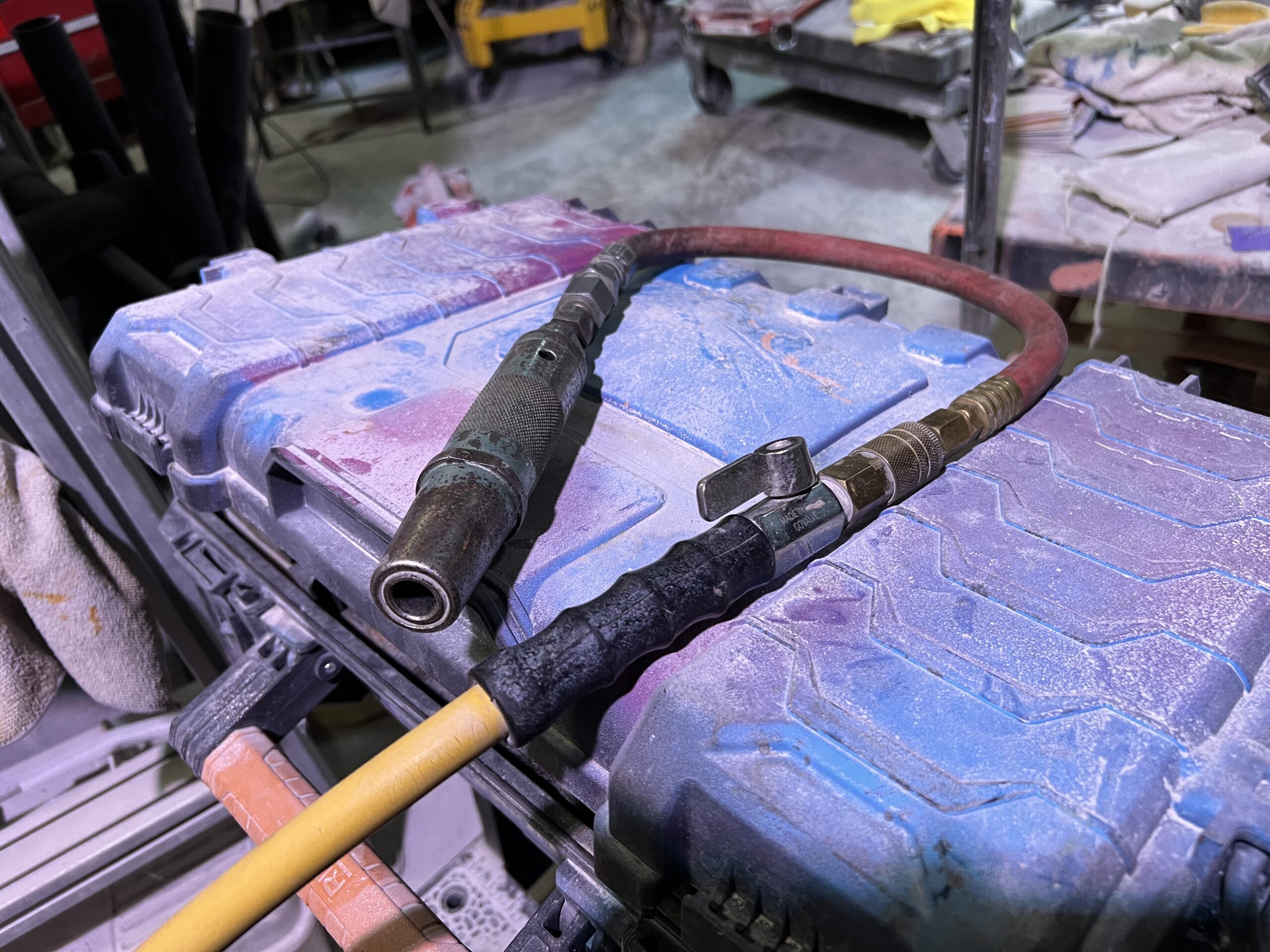
Home » Carve » Tools » Power Carving Tools » Air Hammers

Part of this material I used in the 20 hour granite course I taught at Pratt. Most of the info is from Tom Urban’s workshop at Camp Brotherhod, some from a workshop by Don Ramey that Hank Nelson organized at my place years ago. If you find anything useful, please add it to the article – Kirk
Pneumatic hammers
Sources:
Types:
Air consumption:

Chisel diameter:

Bushing chisels:
Carving chisels:
Safety: Vibration, noise, dust & chips.
Air hammer care:
ed Note: Videos at Trow&Holden provide Pneumatic Tool Basics and Getting Started.




We need some kind of descriptive text here.